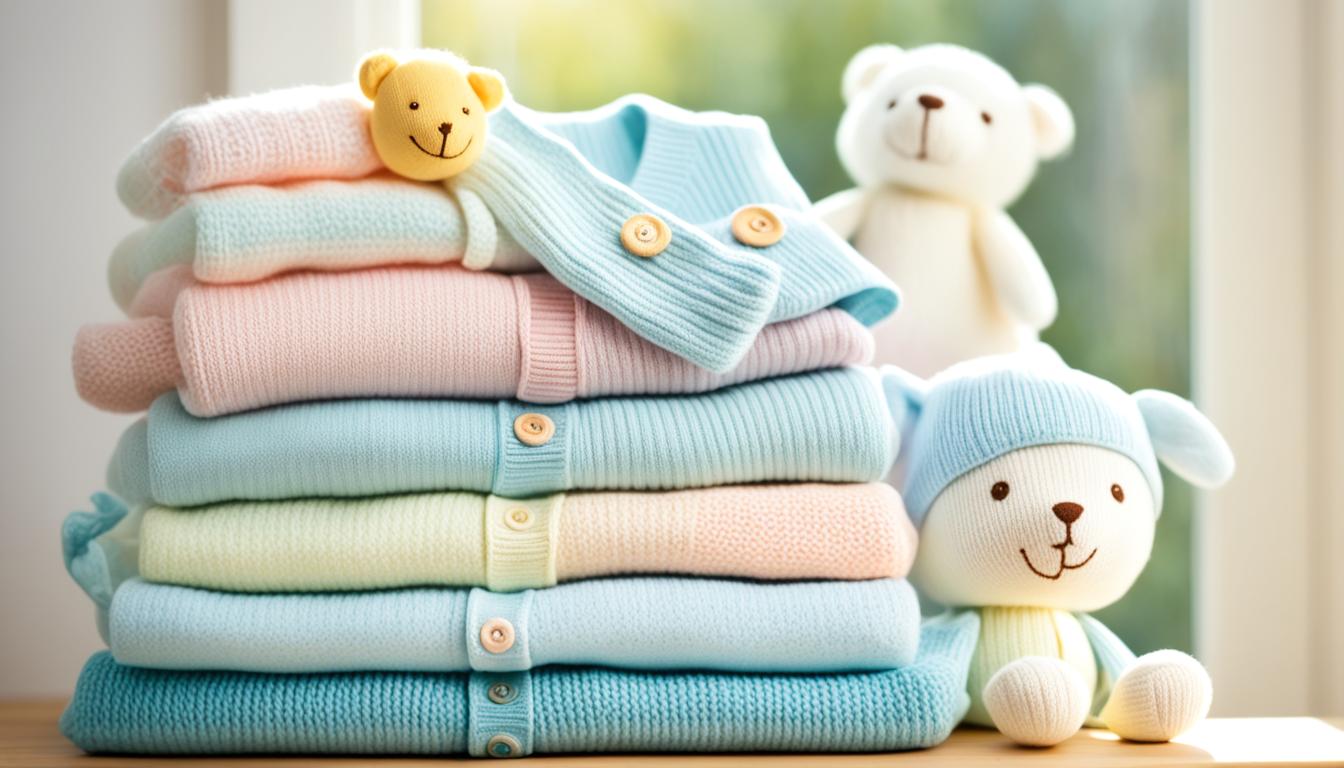Let’s explore the important first steps needed to care for newborn babies.
From ensuring proper warmth and positioning to evaluating respiratory risks, these initial actions are essential for infant well-being.
But what about the lesser-known aspects of newborn care that could make a significant difference in those early moments of life?
Key Takeaways
- Establish routine feeding every 2-3 hours for healthy growth.
- Ensure proper latch during breastfeeding for essential nutrients.
- Maintain hygiene with regular diaper changes and gentle cleaning.
- Monitor growth and milestones for early intervention and optimal health.
Feeding
Starting the feeding journey with your newborn involves establishing a routine that prioritizes their nutritional needs and growth. Breastfeeding is recommended for newborns as it provides essential nutrients important for their development.
Ensuring a proper latch during breastfeeding is key to a successful and comfortable feeding experience for both the baby and the parent. If breastfeeding isn't feasible, formula feeding can be a suitable alternative to support the newborn's growth with a balanced nutrient intake.
Newborns typically require feeding every 2-3 hours, highlighting the importance of a consistent feeding schedule to promote healthy weight gain and overall well-being. Monitoring the baby's feeding patterns and weight gain is important to make sure they're adequately nourished and thriving in their early stages of life.
Diaper Changing
Maintaining proper hygiene and preventing diaper rash are essential aspects of newborn care that revolve around regular diaper changing. It's important to change diapers every 2-3 hours or immediately after bowel movements to keep the baby dry and comfortable. When changing diapers, using gentle wipes or warm water with cotton balls helps protect their sensitive skin. Proper disposal of dirty diapers is important to prevent germs from spreading and maintain cleanliness in the environment.
Having diaper changing stations stocked with essentials like diapers, wipes, and diaper rash cream can make the process more convenient. Disposable diapers are commonly used for their convenience, but cloth diapers are also a sustainable option. Diaper rash, a common concern, can be prevented by keeping the diaper area clean and dry. If diaper rash occurs, using diaper rash cream can help soothe and heal the irritated skin. By paying attention to diaper changing practices, we can make sure the baby stays healthy and happy.
Bathing
After making sure the diaper area is clean and dry, the next step in newborn care is bathing the baby, a gentle and important routine that contributes to their overall hygiene and comfort. Here are some key points to keep in mind when bathing your newborn:
- Timing is Key: Wait until the umbilical cord stump falls off before giving your baby their first bath, usually around 1-2 weeks after birth. This helps prevent infection and promotes healing.
- Gentle Cleansing: Use a mild, fragrance-free baby soap and warm water to cleanse your baby's delicate skin. Avoid harsh products that can strip away natural oils and cause irritation.
- Thorough Cleaning: Pay special attention to cleaning the diaper area to prevent diaper rash and infections. Make sure you dry all skin folds carefully after the bath to avoid irritation.
Soothing Techniques

When seeking to calm a newborn, utilizing various soothing techniques can greatly aid in promoting relaxation and comfort for the baby. Swaddling the baby snugly in a soft blanket mimics the secure feeling of the womb, reducing the startle reflex and promoting better sleep. Gentle rocking motions or rhythmic patting can help soothe a fussy newborn, while using shushing sounds recreates the familiar noises from inside the mother's body. Introducing a pacifier can satisfy the baby's natural urge to suck, providing comfort and a sense of security.
Skin-to-skin contact is a powerful tool for bonding with the newborn, regulating their temperature, and reducing stress levels for both the baby and caregiver. Additionally, gentle massages with baby-safe oils or lotions can help relax the baby's muscles and calm their nervous system. Creating a quiet, dimly lit environment free from excessive stimuli can further enhance the baby's relaxation and sense of security. These techniques not only soothe the newborn but also foster a strong foundation for bonding and development.
Monitoring Growth and Development
To safeguard the well-being and proper development of a newborn, it's important to consistently monitor their growth and developmental milestones, which serve as key indicators of their progress.
Here are three essential aspects of monitoring growth and development:
- Utilizing Growth Charts: Tracking a baby's weight, length, and head circumference against established norms on growth charts is vital in ensuring they're growing appropriately for their age and sex.
- Observing Developmental Milestones: Keeping an eye on developmental milestones such as rolling over, sitting up, and babbling can provide insights into a baby's progress and help identify any potential developmental delays.
- Regular Pediatric Visits: Scheduled visits with a pediatrician allow for thorough assessments of a baby's growth and development, enabling early detection of any concerns that may arise and facilitating timely interventions for best health outcomes.
Frequently Asked Questions
What Are the 5 Cs of Newborn Care?
We guarantee newborn care by focusing on the 5 Cs: cleaning, cord care, eye care, breastfeeding, and cuddling. These steps keep our little one healthy, safe, and loved. It's a journey of tender moments and essential care.
What Is Included in the Five Initial Steps of Newborn Care Quizlet?
We have you taken care of on the five initial steps of newborn care. Warmth, position, suction, stimulation, and assessment are essential. Each step guarantees a smooth change for newborns, promoting their well-being and health from the very start.
What Are the Steps to Take Care of a Newborn?
Taking care of a newborn involves ensuring warmth, monitoring essential signs, proper positioning, tracking feeding/diapers, and promoting bonding. It's essential for their health and development. We prioritize these steps to nurture our little one with love and attention.
What Are the Initial Steps of Nrp?
We bundle the baby close, ensuring warmth and best positioning for resuscitation. Checking for suction needs, we carefully avoid hyperthermia risks. With febrile moms' infants, vigilant monitoring and timely interventions are important during initial NRP steps.
Conclusion
To sum up, mastering the five initial steps in newborn care is like wielding a magic wand that guarantees the happiness and well-being of our little ones.
From feeding to soothing techniques, these steps are our secret weapons in the battle of parenthood.
So, let's embrace these steps with open arms and watch our babies thrive and grow before our very eyes.
The power of these steps is truly life-changing!










